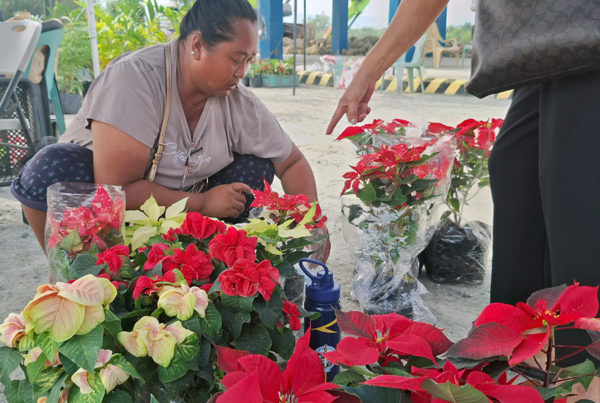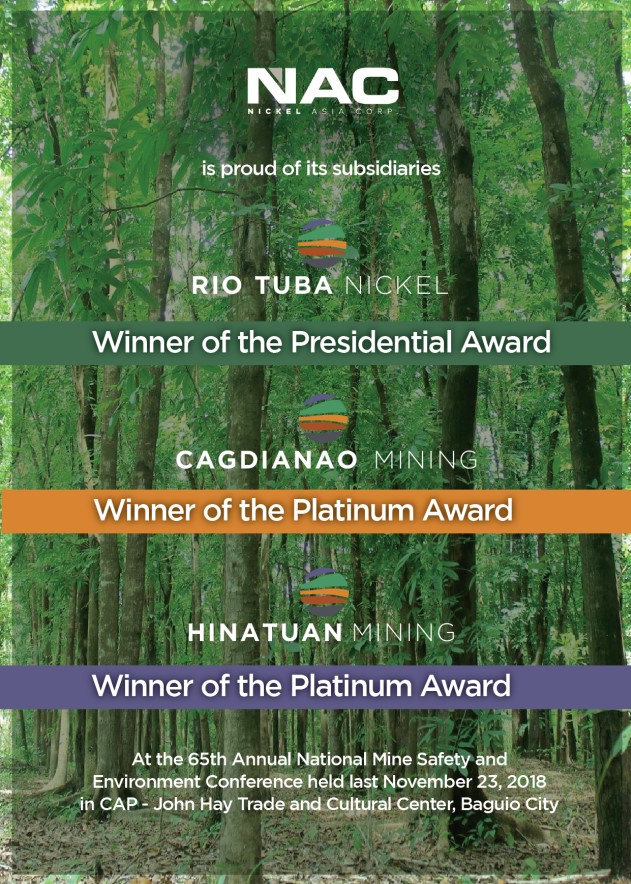
Puto challenge
 By Rex Catubig
By Rex Catubig
NOWADAYS, when Puto (local rice muffin, not the gay Mexican variant) is mentioned, it comes with the descriptive prefix Calasiao. Just like the fish Bangus, which is irrevocably identified with Dagupan, Puto and the township of Calasiao are mentioned in the same breath and have become synonymous and interchangeable.
But, truth to tell, it really smacks of identity theft.
With due respect, long before Calasiao Puto came to be and assumed its popular identity, Barangay Pogo Grande in Dagupan had long been steaming these muffins made of stone-milled white rice. The prototype Dagupan Puto is also round, but fluffy and bigger in diameter. Unlike its pretender, it is not sticky and sweet–and it takes after the natural taste of the rice it’s made of so that it does not overwhelm the food it’s paired with.
After the Liberation in 1945, weary and worn by the war, people began piecing together their lives again, devising ways to make both ends meet, putting to use crafts and skills handed down from generations.

For the young couple, Guillerma Galvan and Andres Gabat Paragas, of Malued and Pogo Grande, the making of rice cakes was a godsend. It was the legacy of Guillerma’s mother, Francisca del Monte, who was a respected artisan of rice cakes. They started on their pipe dream by setting up a makeshift native bakery by the Pogo Grande bridge and, working with the heirloom recipe from memory, they took on the time-consuming and laborious task of making what would be the indigenous Dagupan Puto.

In no time at all, their diligence and perseverance paid off as they became the most popular maker of Puto in the flourishing city–supplying almost all of the market outlets.
What began as a humble cottage industry amply supported the couple’s family that, like their product that had grown by leaps and bounds, had become cheaper by the dozen–five boys and seven girls all told.
The making of the prototype Puto, begins by soaking rice for at least two hours, after which it is milled to come up with “tapong” or the soft dough. To make the dough rise thus increasing the volume and making it fluffy, they make their own organic leavening agent. This is done by soaking the shell of a coconut in the rinse water of the rice, letting it ferment for about three weeks. The coco shell which by then is covered with fungus, is lightly washed to remove the odor–then is let to stand in the “tapong” until the rice dough rises and is ready to be poured into the “enchaao” or small cylindrical tin molds, then steamed to perfection.
But by some quirk of fate, Calasiao puto started to make inroads in Puto retail. Around the 70’s if I recall right. Slowly, the button Calasiao version began appearing in bigao’s or bamboo trays in the market, while the Dagupan puto slowly retreated from sight–brought about apparently by the decreasing number of local puto makers. Coupling this with the enterprising stance of the Calasiao puto maker, their puto gained headway. Inevitably, Calasiao puto seduced the palate, swayed the fickle consumer psyche, ingeniously created a popular craving for it–and successfully installed itself as primate of the Puto hierarchy.
As this happened, Dagupan puto not only lagged in the commercial race, but worse, got dethroned in product recall. Dagupan puto simply vanished from the consumer memory.
But all is not lost, heir Roberto Paragas, the third child of pioneer Puto makers, Andres and Guillerma, with supportive wife, Erlinda, are holding the fort and not about to give up the throne and title, and wave a white flag. Despite the adverse competition, they still make the puto of their parents’ sacrifices, the livelihood of two generations, and on to the third. With the patronage of friends and original Dagupan Puto aficionados, they have kept the stove fire burning and the now modern puto cookware steaming.
Let us rediscover Dagupan Puto by looking for it, and asking for it in market food stalls–and let us buy it again. Let us put back our own puto in its rightful niche, regain its identity, and reclaim its ascendance in consumer preference.
I love Dagupan Puto–we all should, as proud Puto-pampered Dagupenos all should.










